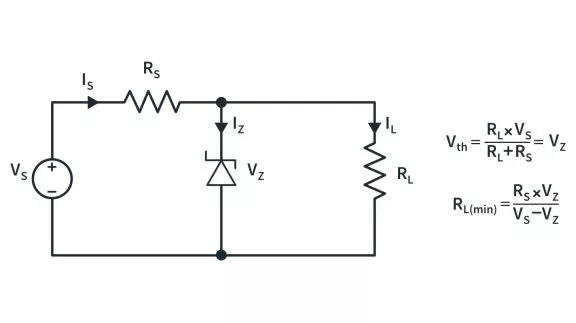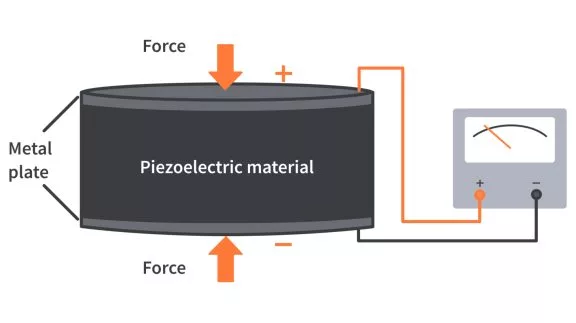Solar Installers Aren't Worth It – Solar Installation Costs | CircuitBread Practicals
Published
After finally completing the process of getting my photovoltaic solar panel system designed, installed, approved, and finally turned it, I paused for a moment of introspection. I had all sorts of problems, issues, headaches, and frustrations with suppliers, distributors, and government agencies. Despite the time waiting for things to happen and frustrations and even unexpected expenses, I’m still very glad that I did not use a solar installer. And in this, we’re going to talk about why.
A bit of background - approximately two years before I installed my own system, two separate sets of solar company salesmen knocked on my door within a few months of each other. I received a bid from both of them for the same size solar system, a 6.62kW grid-tied only system. But with both of them, the prices came out not only extraordinarily high but the final cost was also strangely hidden in the way things were presented. So we’re going to talk about the way these two companies hid the numbers to make things seem more favorable than they actually were to point out a few items you should watch for when someone comes to you with a solar quote. For this example, I will use the lower of the two quotes I received.
First, the proposal included several prices, the original price, the price after their incentive, and the price after you get the tax subsidies that were in place at the time. The price after incentives but before the tax subsidies were $28,532. Which, the tax subsidies were the first red flag. At that time, in 2019, they told me that I would get back $8,560 in tax credits, cash in pocket after filing my taxes the following year. Talking to my accountant, though, I found that I am too poor to see those tax credits. The fact that the subsidies only help rich people (as I would classify myself as solidly middle-class) is another issue that will not be addressed by us now or in the future. Granted, my accountant says that it can be rolled forward until such time as I am rich enough that it will matter but I am not sure when that’ll happen. This failure to receive those tax credits as cash had ripple effects in their proposal that will come up again in a moment. But, for this lesson, listen to your accountant, not a salesperson.
Second, the strangest red flag was simply the discrepancy between what they said my average electric bill was and what it actually was. I sent them a year’s worth of utility bills, and they came back and said my average bill was $80.37/month. Doing a simple average, I came up with $71/month. How did we end up with a ~$10/month difference on one of the simplest math calculations possible? A bit concerning. And, something I forgot to mention in the video, is that they assume your electric bill will completely disappear, which it won’t. For Idaho Power, my electric provider, they have base charges and minimum fees, so my electric bill will never be zero, even if I produce more electricity than I use. Which, in my opinion, is fair. They provide me electricity on-demand and maintain the infrastructure, while I will provide electricity only when the sun shines. I unquestionably derive value from them even if, on average, we assume I produce more electricity than I consume. From this, pay attention to their calculations and make sure they match reality.
Third, as the system was going to cost $28K and I don’t have that amount of money hidden in my mattress, they offered a loan through a 3rd party service with rates at 4.5% for 25 years. Now, while they wouldn’t be the ones making the money directly through the interest, in my proposal, this total cost of this loan was never addressed, it was only given as a monthly cost. The proposal said that, for the full amount, it would cost $154/month for 25 years to pay off the solar panels. But, if we put the $8,560 in tax credits we would supposedly get, it would only cost $108/month for 25 years. Then, all math comparisons assumed we would put the tax credits toward the principal of the loan. There are many problems with this math. First, $108/month is still nearly $40/month more than I was already paying for electricity, even under the false assumption that my electric bill would go to zero. Second, in reality, it would’ve been $154/month, which is over double my average electric bill.


Third, it was never calculated out in the proposal but simple math shows that $108/month over 25 years is $32,400 (this is assuming I already paid $8,560 for the system) and $154/month is $46,200. These are a far cry from the already outrageous $28K. And all of this is for a 6.62kW grid-tied system.
We ended up selling our house in Boise, moving to a tiny town and paying someone to build our family a new house on a bare piece of land. There is no natural gas in this town, so we’re dependent on propane, which is considerably more expensive. Because of this, we transitioned some of our utilities to electric and only have propane as a backup for our heat pump/furnace, so we know that our electric bills will be higher here. We also have a clear shot to the southern sky and knew we wanted to put solar on our home. We even went as far as making sure that our south-facing roof was as unobstructed from vents and pipes as possible to mount the maximum number of panels up there.

We ended up being able to install 9.7kW of solar panels, though the grid-tied inverters are limited to 7.2kW as we expected to rarely, if ever, come even close to the maximum rating of the panels. So, technically, it is a 9.7kWDC/7.2kWAC system. Now, this is all background information to tell you that this system, which is a 50% increase in DC power over what we were quoted for, only cost $10K, despite unexpected costs and some broken panels that we needed to pay for them and their replacements. This includes plans, state and utility permits, state and utility inspections, solar panels, inverters, conduit and wiring to the box, and even a couple hundred bucks to fly my wife’s brothers up to help me install the panels themselves.


Admittedly, we were fortunate enough that we could use the equity from our previous home to pay that $10K in cash, which makes the comparison with their financing fall through. But even the base cost difference is staggering. It cost us about 35% as much to do it ourselves as it would’ve to pay someone else - for a 50% larger system! And, despite the waiting, the headaches, the frustration, if you take out the time I spent stressing and complaining to my wife, it was only a few days worth of work, for $18K in cost savings.

I don’t know if all solar installers make weird and inaccurate assumptions or fudge their numbers to make things seem more favorable, but this is where we as consumers (and likely engineering-types, if you’re on this site) need to do our own math and find the holes in the logic on proposals like this. If you’re at all handy, it isn’t that difficult, and there are many resources out there, both government sources and even solar manufacturers - they want you to use their product and try to make their documentation as straightforward as possible. And, despite the cost of the overall installation of a solar installer, there are people who will create the plans for your house (in my opinion, the most technically difficult part of the process), making this entire process supremely achievable. That doesn’t mean that it won’t be a huge pain in the butt, though. But for $10K-$20K, I think the frustration is well worth it.
If you have any questions or comments, please leave them below!

Get the latest tools and tutorials, fresh from the toaster.

















